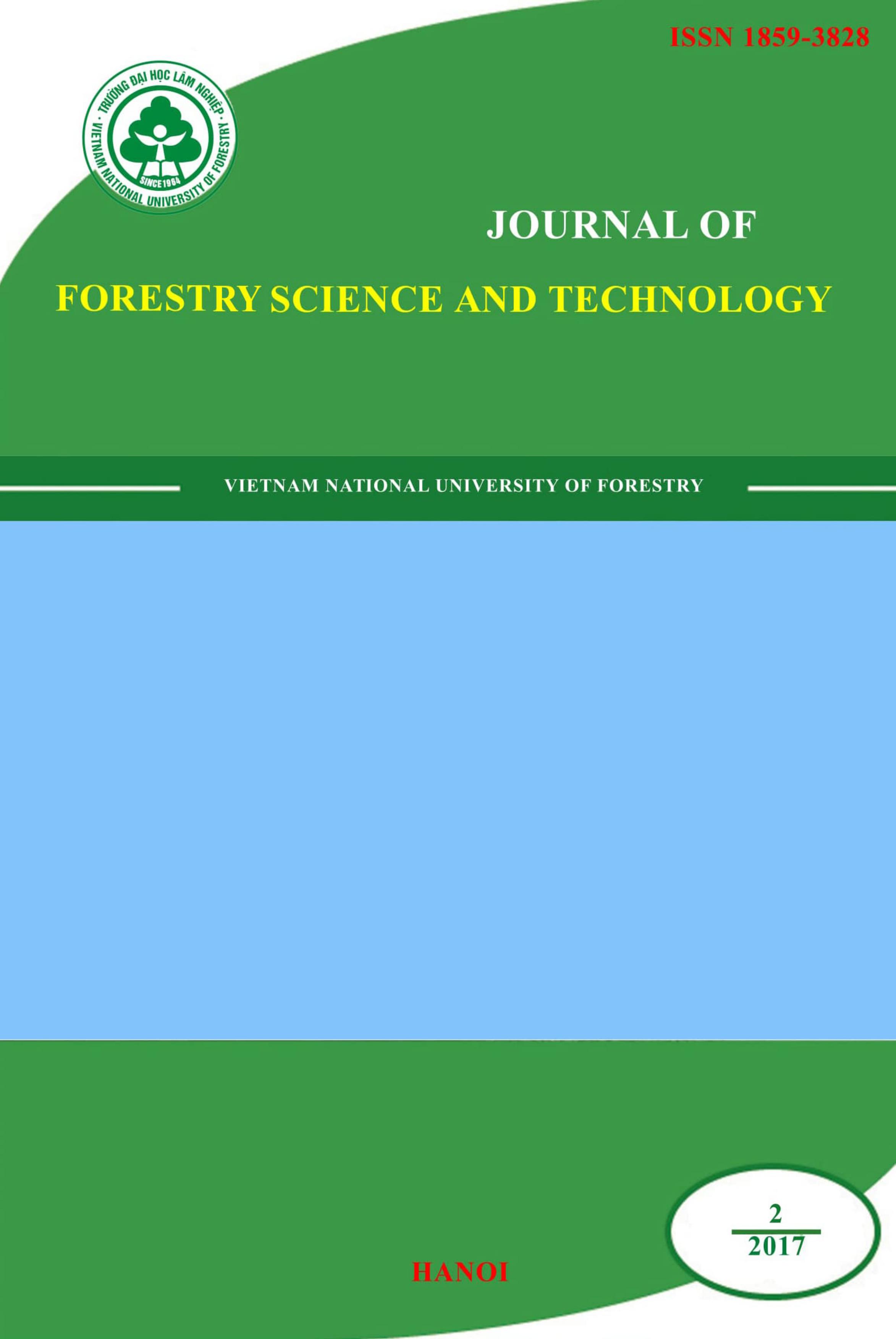APPLYING LINEAR MIXED MODEL (LMM) TO ANALYZE FORESTRY DATA, CHECKING AUTOCORRELATION AND RANDOM EFFECTS, USING R
Keywords:
Autocorrelation, linear mixed model, old-growth forest, R language, random effect, secondary forestAbstract
Currently, R is showing its strengths and benefits in data analysis in general and forestry data in particular. R can perform new, difficult and complex statistical analyses such as linear mixed model, replicated point patter analysis, etc. In the forestry data analysis, checking independence between samples and random effects has not been done so far by scientists. This is a really difficult problem in forestry data analysis, because it is an important basis for choosing analytical tools later on. However, the linear mixed model (LMM) application with the support of R language, this problem has been resolved. The LMM results for the data collected from 20 plots in Kon Ka Kinh national park indicate that heteroscedasticity is occurring between the two forest types. This study does not find a significant influence of autocorrelation on the observed data. In other words, the samples are completely independent. The difference in diameter between the secondary forest and the old-growth forest is significant. Normal distribution assumption was also tested and the hypothesis is accepted. Random effects are not important in this study.









